Black-eyed peas are highly nutritious beans with a delicious sweet nutty flavour. They are packed with fiber, protein and calcium and have many health benefits. Follow my simple instructions to cook black-eyed peas from scratch at home.
🌱 What are black-eyed peas?
Black-eyed peas are small cream-coloured, kidney-shaped legumes with a black "eye" on their inner curve. They have a creamy texture and a slightly sweet nutty flavour. They belong to the cowpea family which was an ancient plant cultivated in Africa. Despite their name, black-eyed peas are not really peas, but beans that are also referred to as goat peas or southern peas.
In Egypt and Northern India, the black-eyed pea is called lobia. They are also known as lobya, chawli, choda, kalamani in other parts India, kacang tolo in Indonesia, veronicas in Mexico, and miracle peas or poor man's meat in parts of Africa.
Black-eyed peas are a very popular soul food in the southern cuisine of North America. They were introduced to North America by the enslaved people of Africa. Traditionally, black-eyed peas are cooked and eaten on New Year's eve and are considered to bring good luck and prosperity.
💚 Health Benefits
Black-eyed peas are super healthy! Like all beans, black-eyed peas are packed with protein and fiber. They also have an abundance of other micronutrients like iron, folate, manganese, copper, zinc and thiamine. They are also less likely to produce gas when consumed, unlike other beans. Black-eyed peas are considered to reduce cholesterol and contribute to gut and heart health.
The soluble fiber in black-eyed peas slows digestion and regulates blood sugar levels. As a result blood sugar spikes are reduced. This makes black-eyed peas a very good choice for people suffering from diabetes.
A single one-cup serving of black-eyed peas (170g) contains a whopping 13g of protein and 11g of fiber making them a great low-carb source of plant-based protein and dietary fiber. It has these nutrients
- Calories: 194
- Protein: 13 grams
- Fiber: 11 grams
- Fat: 0.9 grams
- Carbs: 35 grams
- Folate: 88% of the DV*
- Copper: 50% of the DV*
- Iron: 23% of the DV*
*daily value - the percentage of nutrients required on a daily basis.
💰 Homemade Vs Canned
There is nothing wrong with using canned black-eyed peas (I often do it when I am low on time) but it is no secret that homemade is always better. It is fresher and allows you greater control over what you add to the food. Here is why you should cook black-eyed peas from scratch,
- They taste better
- It is cheaper than using canned black-eyed peas.
- Canned beans tend to have a higher sodium content than home-cooked beans. Cooking beans at home means you can control the amount of salt you add to the beans or completely eliminate it.
- Having a container of cooked black-eyed peas in your fridge will prompt you to add them to easy dishes thereby increasing your daily fiber intake.
🥣 How to cook black-eyed peas on the stove?
You can cook black-eyed peas on the stove, in an Instant pot, or in a pressure cooker. But in my opinion, cooking on the stove is the best. Cooking them in this manner produces the perfectly cooked black-eyed pea - the bean is tender and soft but still firm and holds its shape well.
Here is what you will need
- a medium-sized cast-iron enamel cooking pot (Dutch iron) or a heavy-bottomed saucepan.
- a colander
- a medium bowl
The quick hot-soak method is a great bean-cooking hack. It eliminates the need to soak beans overnight and speeds up the cooking process. Soaked beans always cook faster than unsoaked beans.
- Add a cup of dried black-eyed peas to a bowl.
- Cover them with boiling water.
- Allow them to soak for 15 minutes.
- Drain. Soaked black-eyed peas are now ready for cooking.
- Add soaked black-eyed peas, 4 cups of cold water, a bay leaf and a pinch of salt to the cooking pot.
- Bring to a rolling boil on high heat.
- Reduce heat to medium-low and simmer uncovered for 30 minutes. Stir gently occasionally to ensure that the beans aren't sticking to the bottom of the pot.
- Remove from heat and test if the beans are cooked by squishing one between your fingers. It should be tender but still, have a firm bite.
- Drain into a colander placed on top of the bowl and cool completely before using in your recipes.
- Store in lidded, air-tight glass containers in the fridge.
❄️ Storage and Freezing tips
Cooked and cooled black-eyed peas can be stored in a lidded, air-tight glass container in the fridge for up to 3 days.
Black-eyed peas can be frozen in freezer-safe, air-tight bags or containers for up to 3 months. To eat from frozen, simply thaw at room temperature for a few hours. Alternatively, thaw on a low power setting in your microwave for 10-20 minutes until softened.
💡Recipe Ideas
My favourite way of using black-eyed peas in a recipe is to make this deliciously punchy and fresh Texas Caviar dip. Hailing from Texas in the United States of America, this super popular salsa or salad is a hot favourite at parties and potluck. It begs to be scooped up by corn chips and washed down with a cold beer or margarita!
You can use cooked black-eyed peas to bulk up soups and toss through salads. You can use them as a topping for your guacamole or add to your vegan burgers and burrito bowls.
❓FAQs
Soaking black-eyed peas make the cooking process shorter. The ideal time for soaking any kind of bean in cold water is overnight or 8-10 hours. To speed up the process, try my favourite quick hot-soak method. Pour boiling water over your beans and allow to soak for 15-20 minutes. This is enough to plump up your beans and have them ready for cooking.
Cooked black-eyed peas have a creamy texture and mouth feel. They have a sweet nuttiness and are one of the most delicious beans you will ever taste. They go really well with salty and sour flavours.
Yes, you can! Freeze them in freezer-safe air-tight bags or containers for up to 3 months. To use from the freezer, allow thawing at room temperature for a few hours.
Recipe
Hungry For More Recipes? Subscribe to my newsletter. Check out Facebook, Instagram and Pinterest to see everything I share! And if you love cooking and new cookbooks, join my free Cooking Club on Facebook!
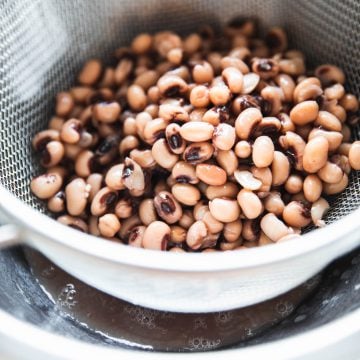
How To Cook Dried Black-Eyed Peas
Ingredients
- 1 cup (200 g) dried black-eyed peas
- 1 bay leaf
- 1/4 tsp flaky salt
- 4 cups water, plus extra for soaking
Instructions
- Add a cup of dried black-eyed peas to a bowl.Cover them with boiling water and allow them to soak for 15 minutes. Drain.
- Add soaked black-eyed peas, 4 cups of cold water, a bay leaf and a pinch of salt to the cooking pot. Bring to a rolling boil on high heat.
- Reduce heat to medium-low and simmer uncovered for 30 minutes. Stir gently occasionally to ensure that the beans aren't sticking to the bottom of the pot.
- Remove from heat and test if the beans are cooked by squishing one between your fingers. It should be tender but still, have a firm bite.
- Drain into a colander placed on top of the bowl and cool completely before using in your recipes.

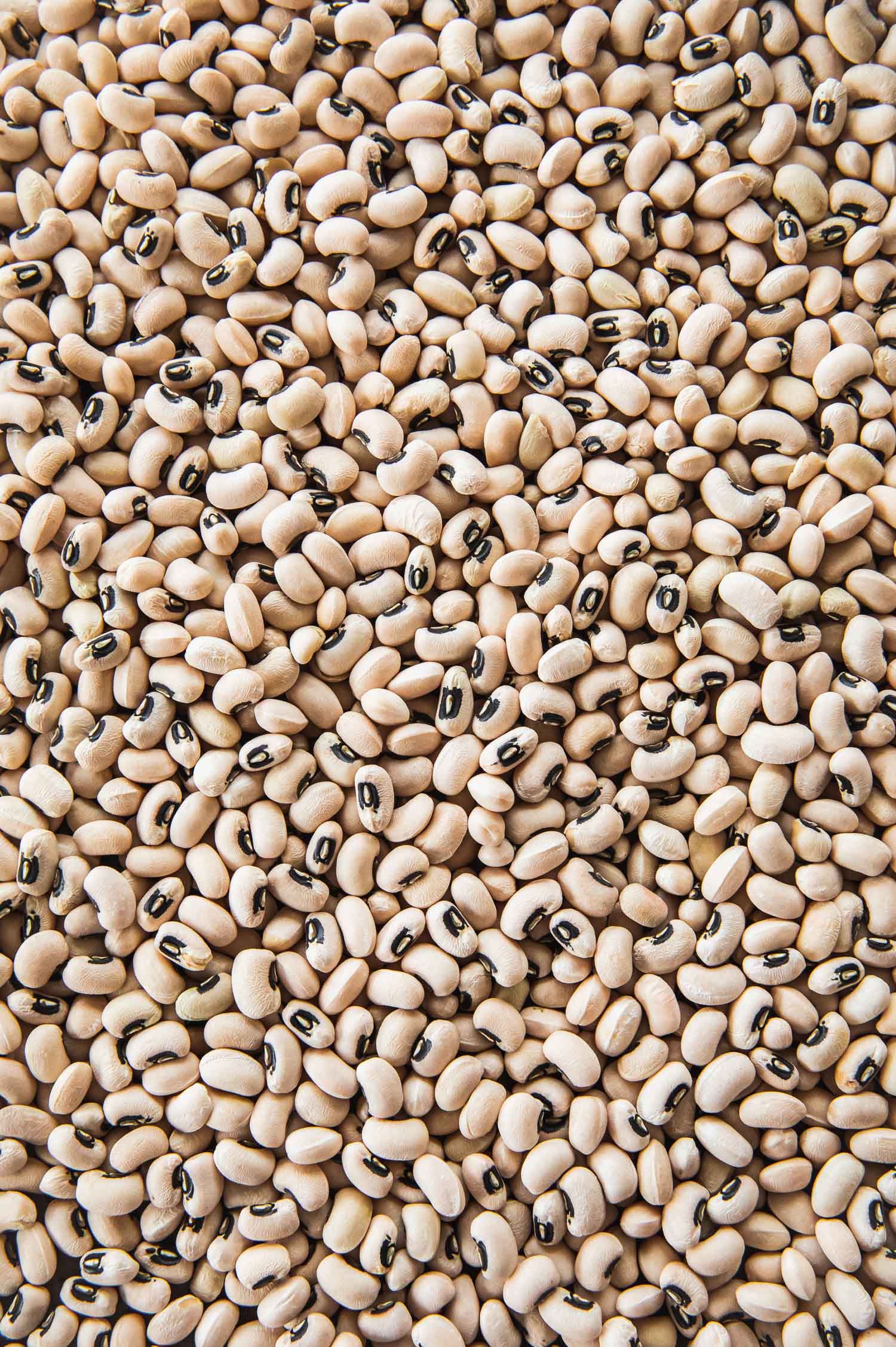
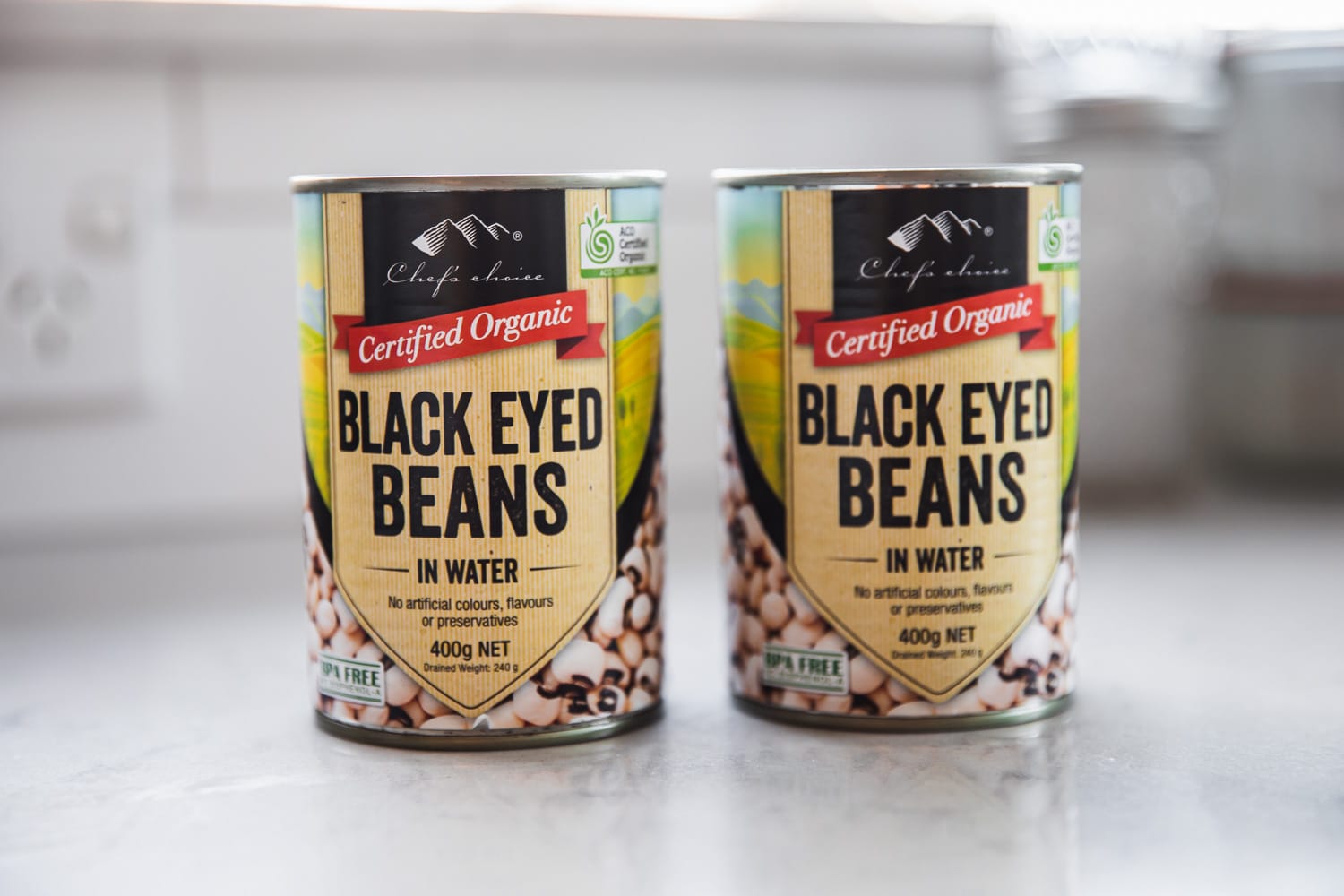
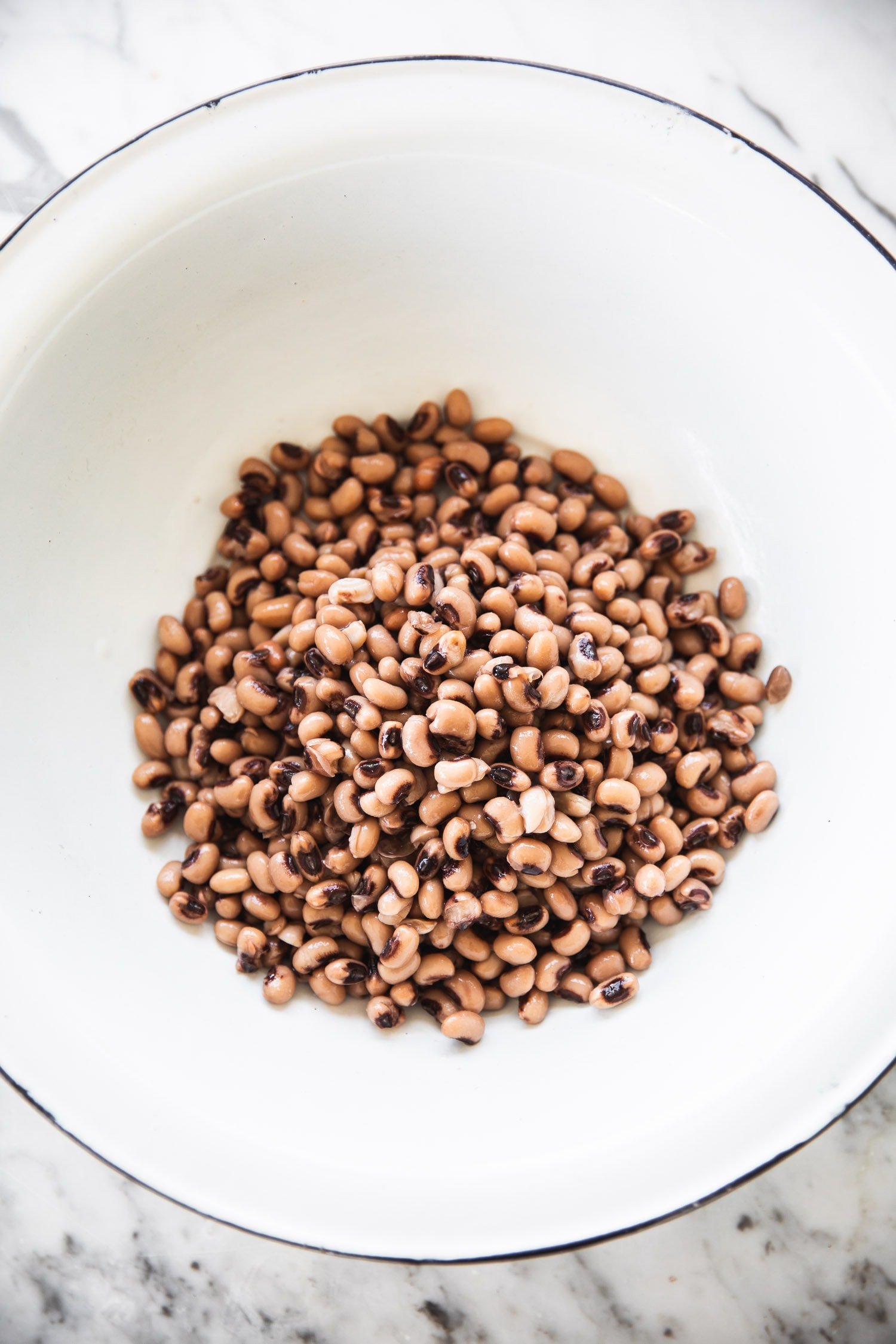
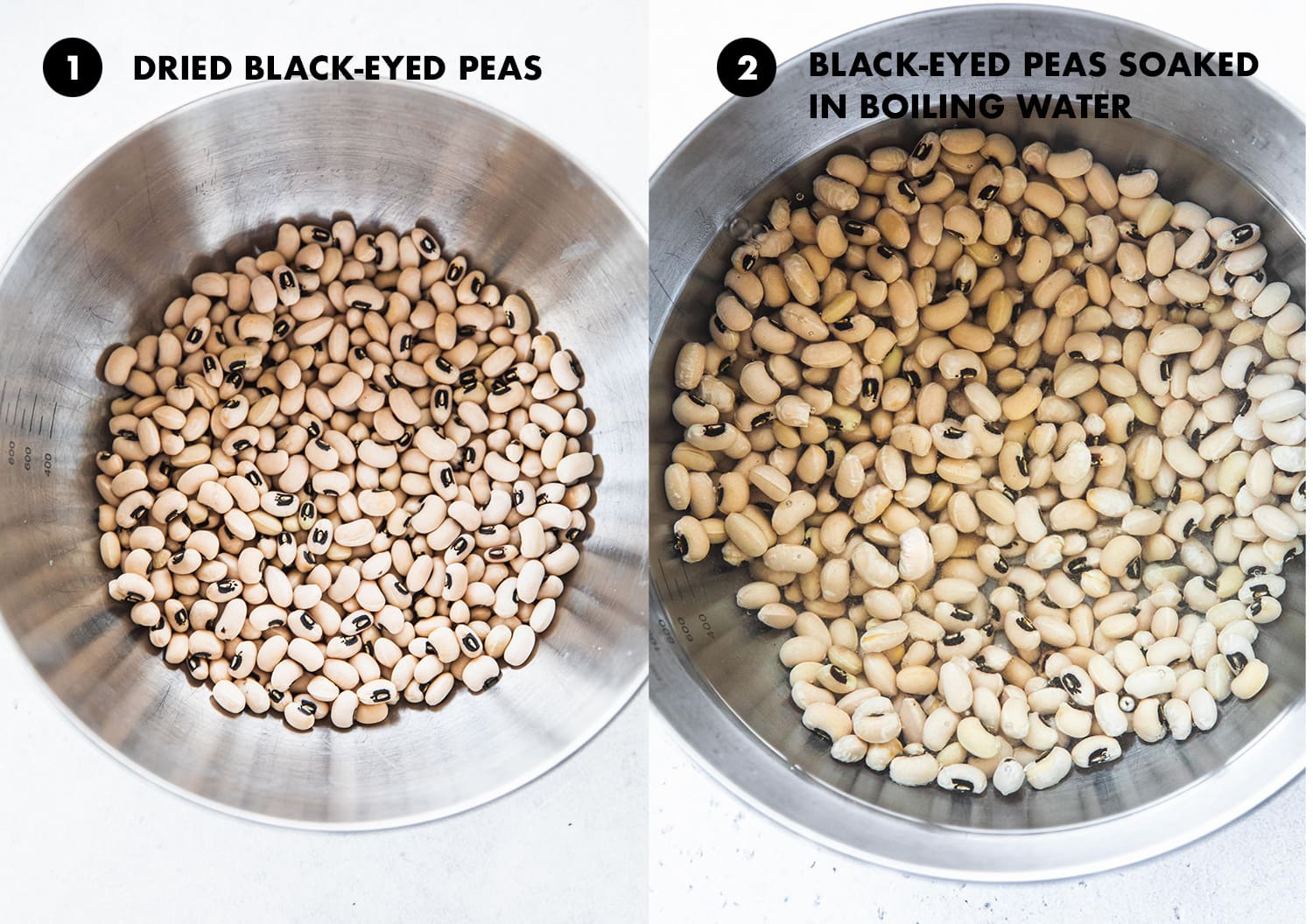
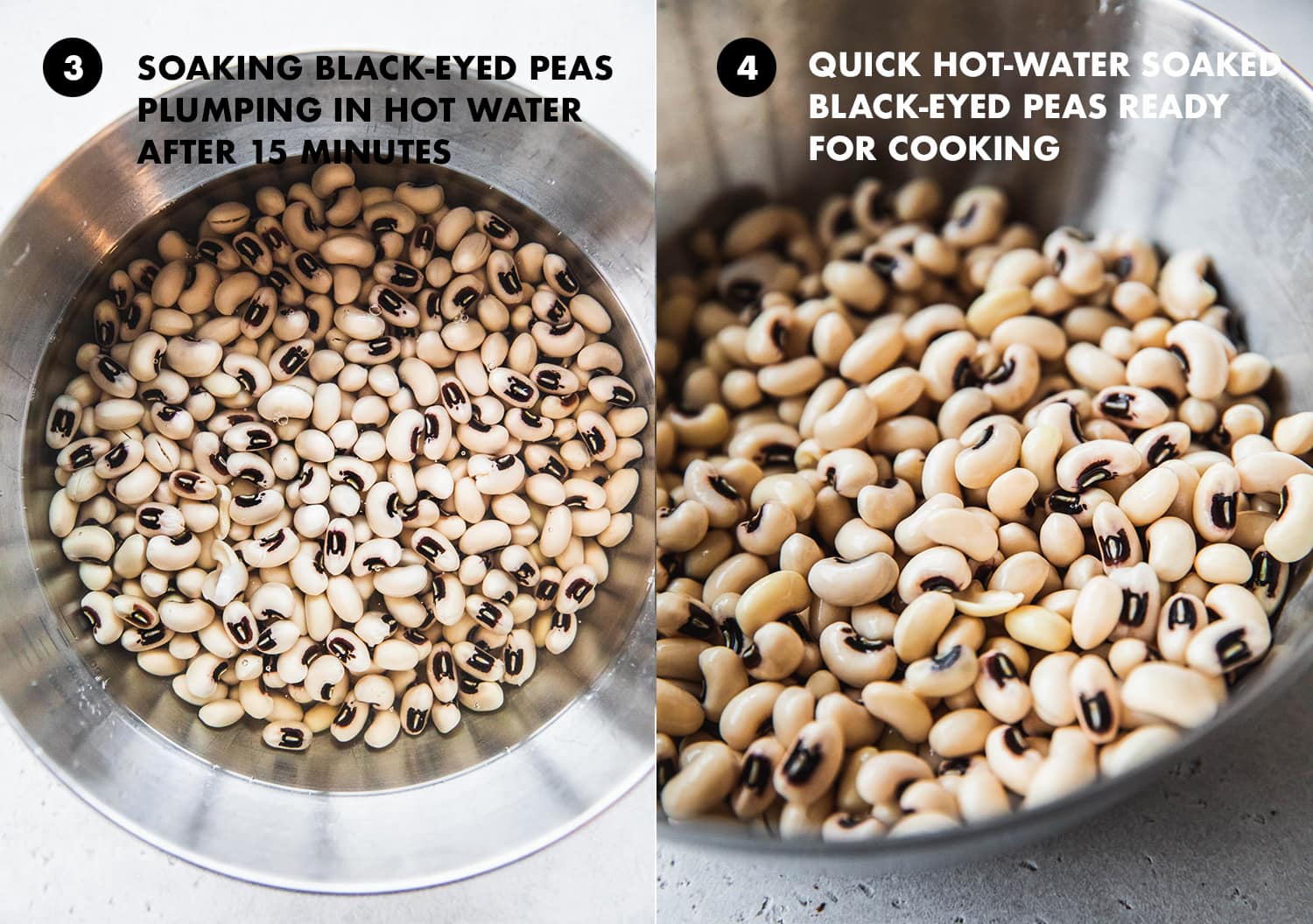
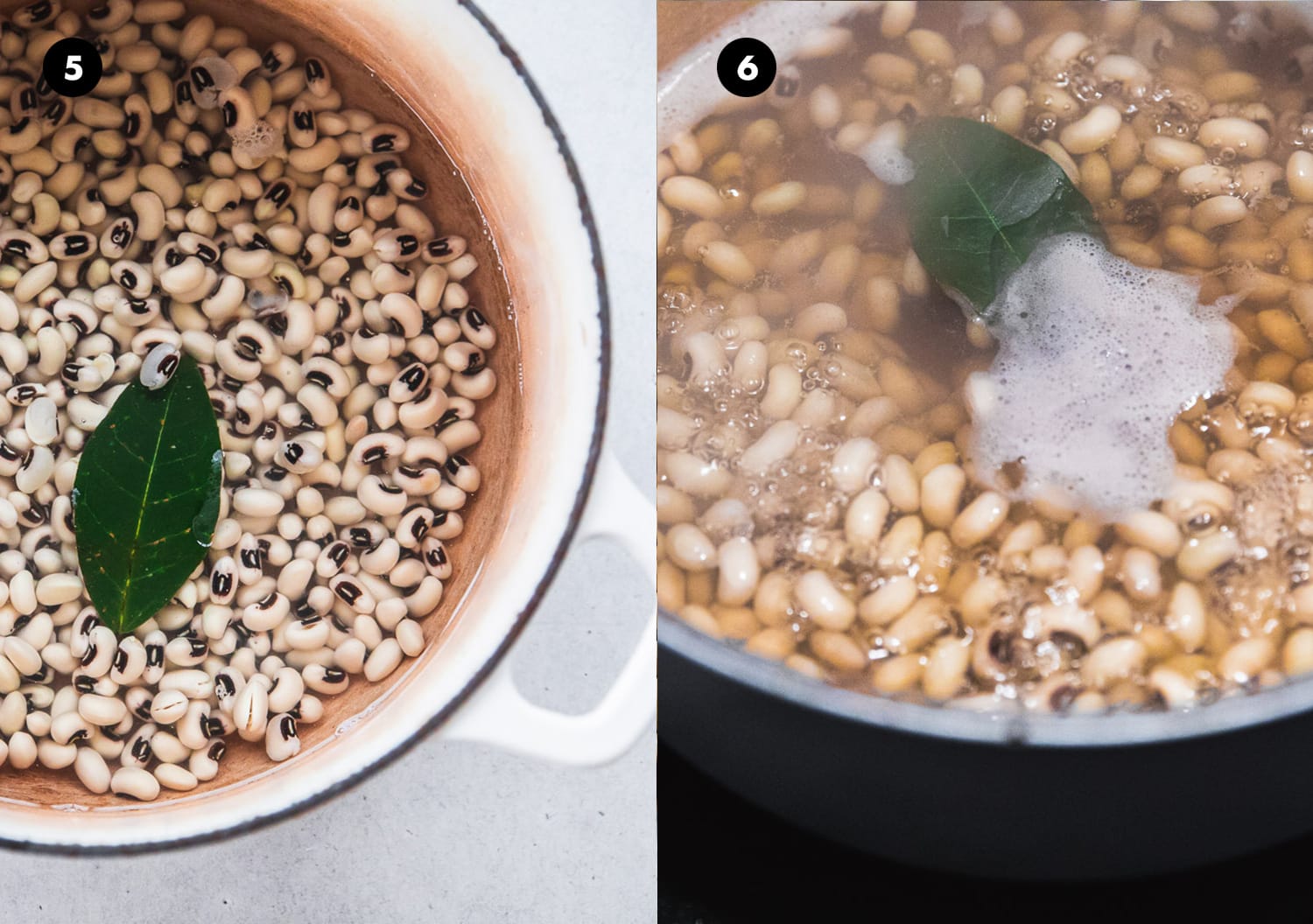
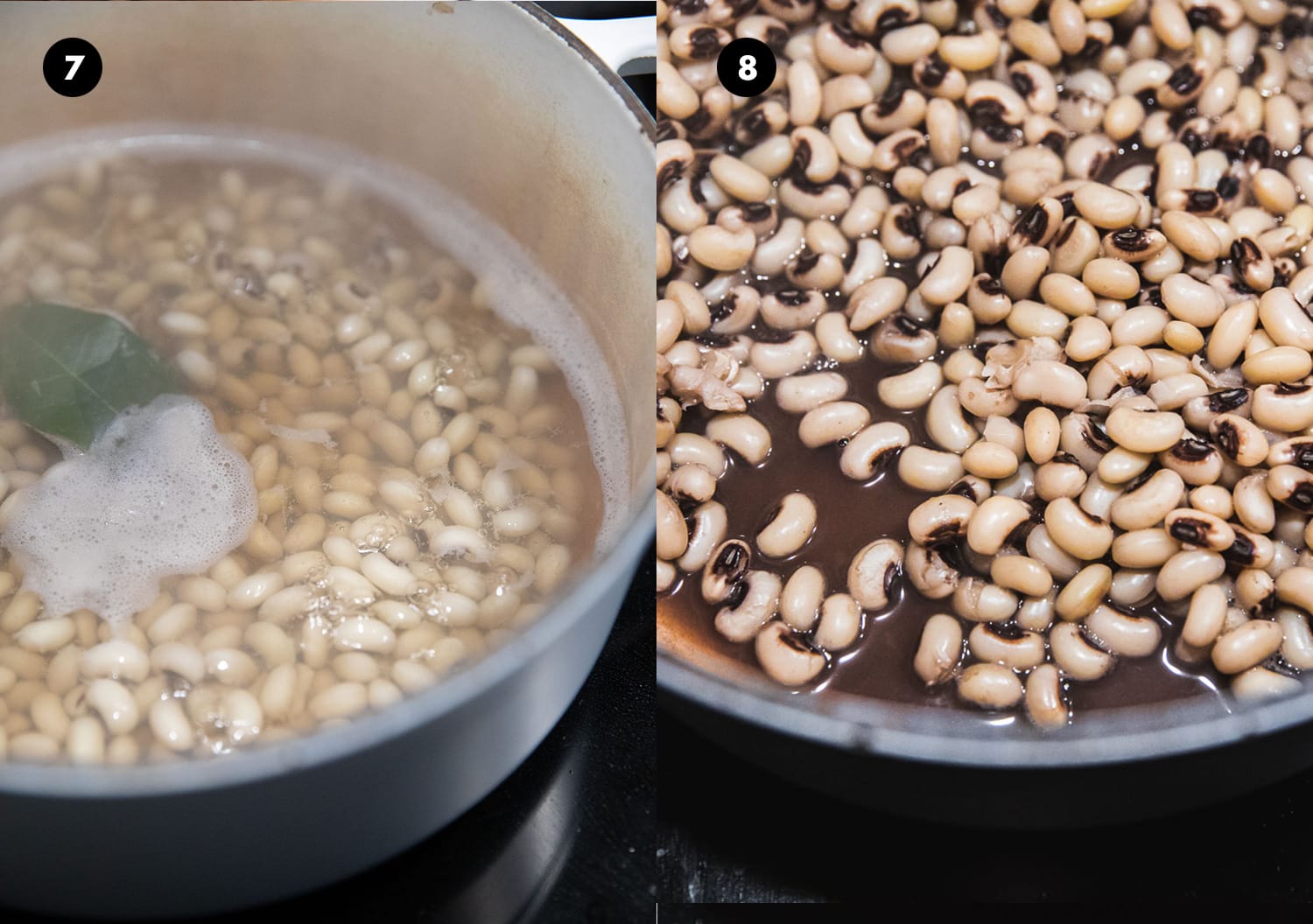
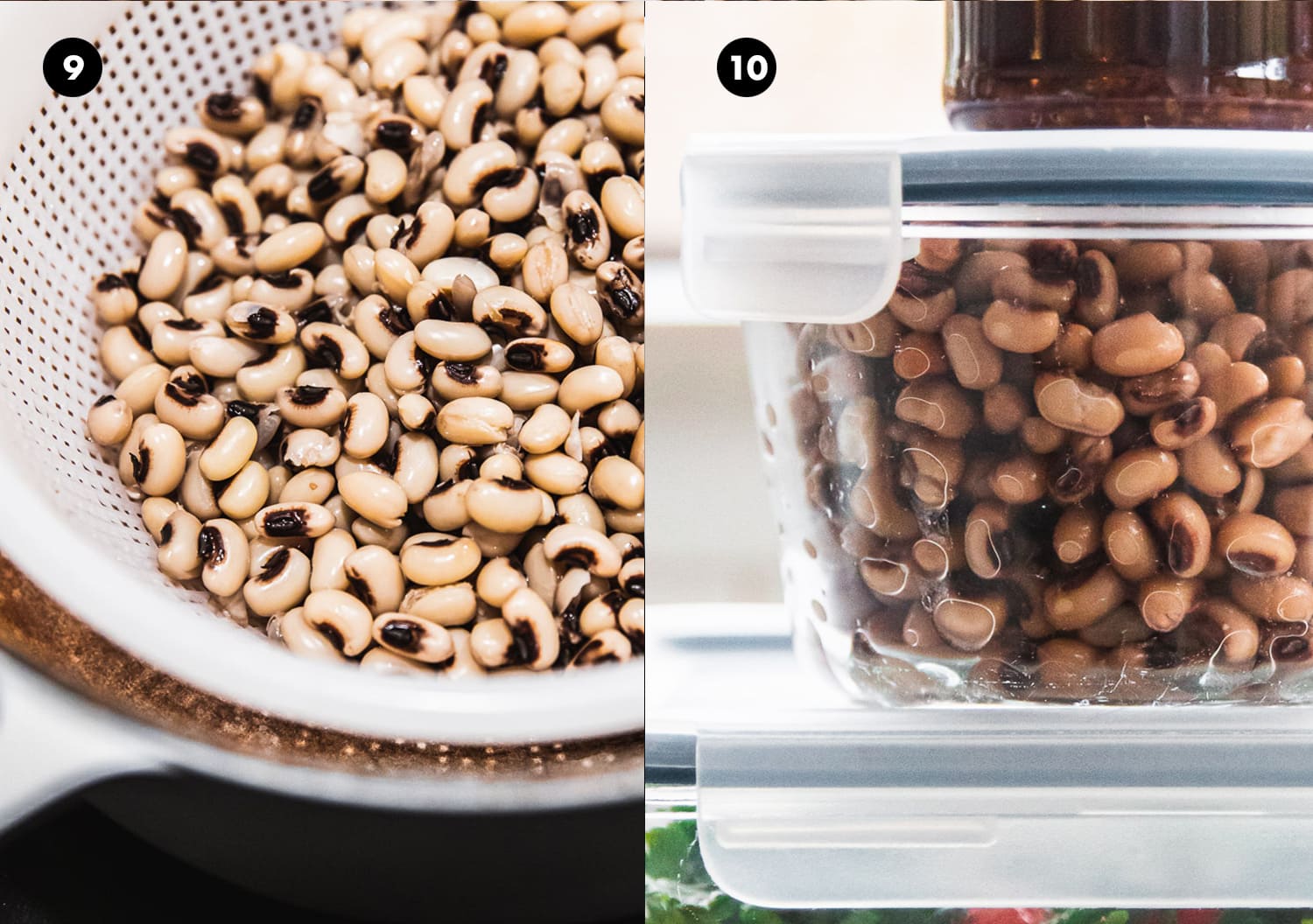
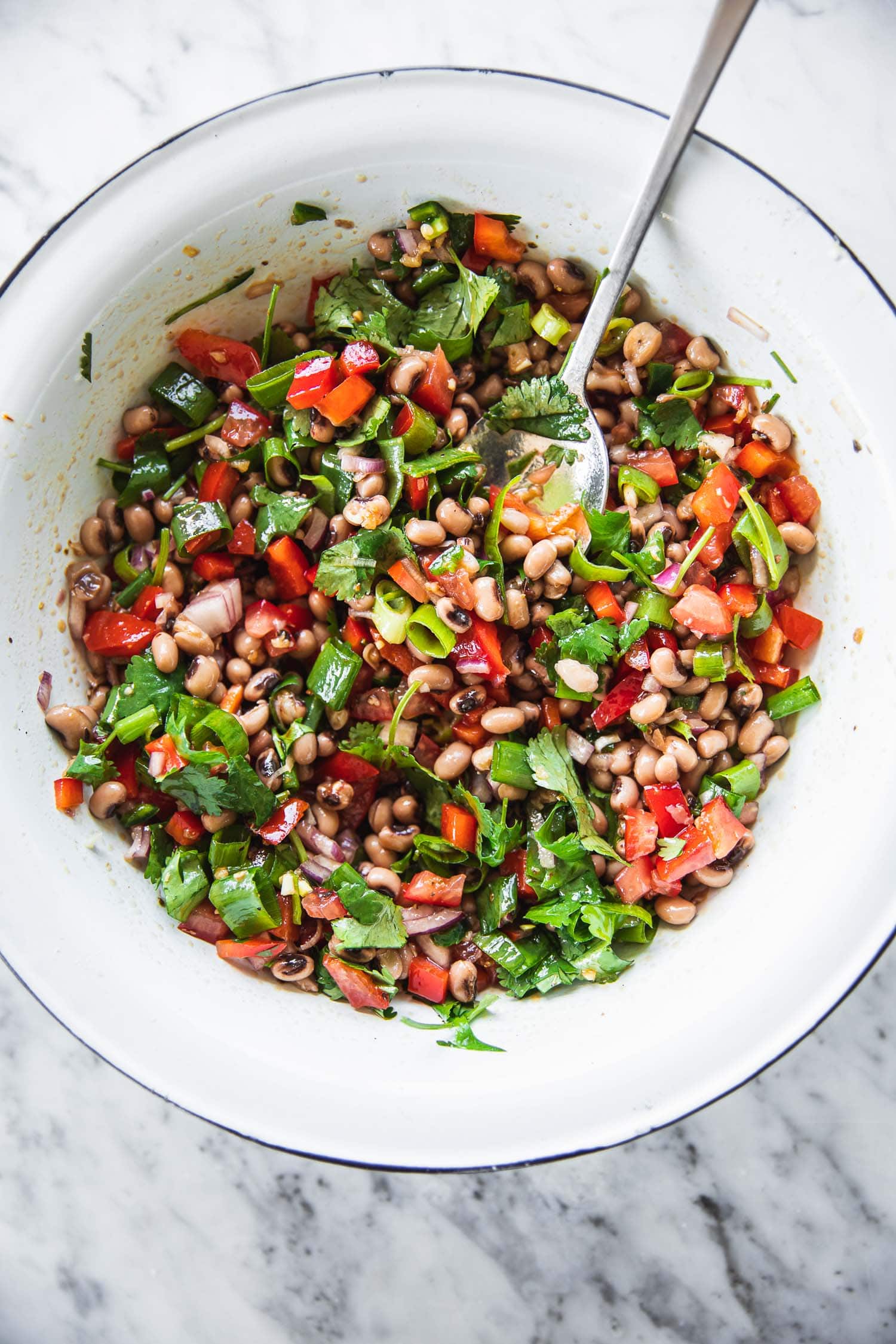
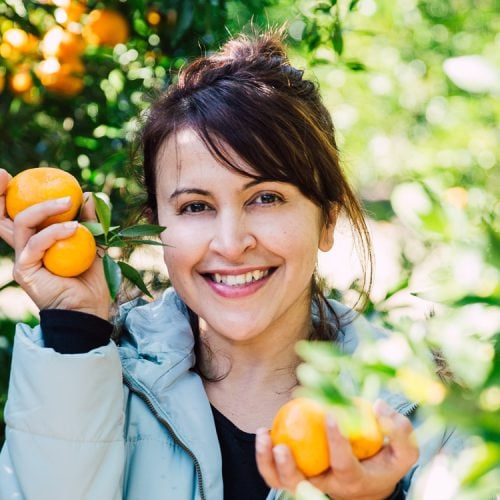
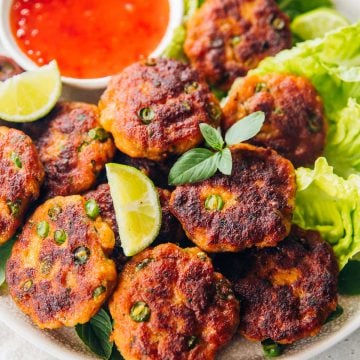
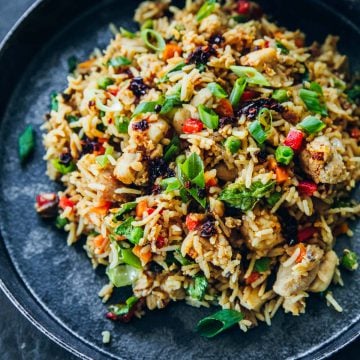
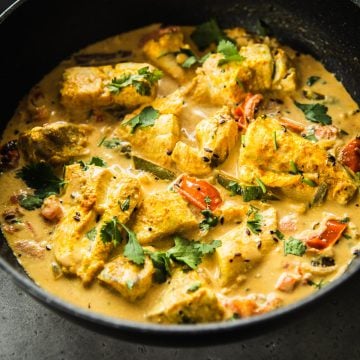
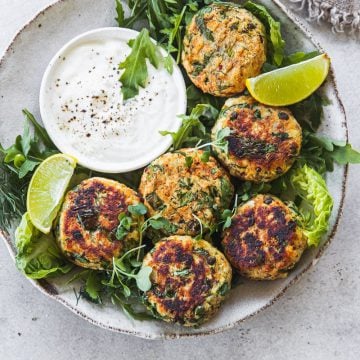
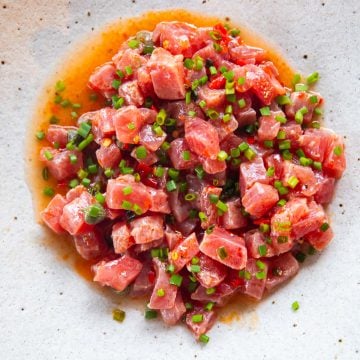
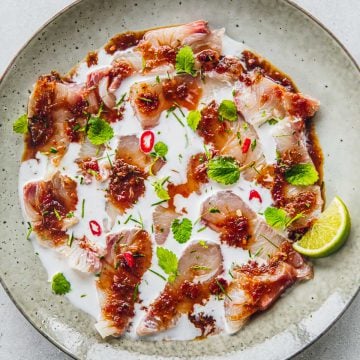
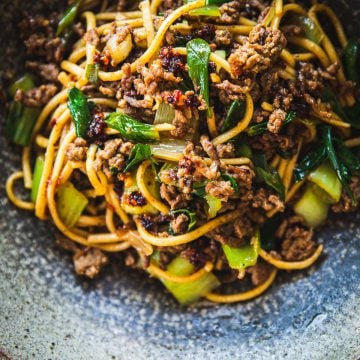
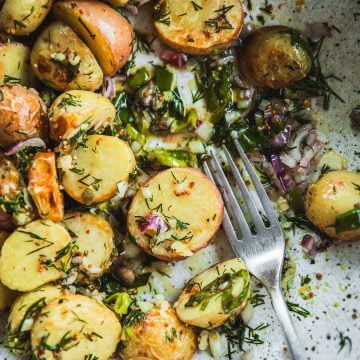
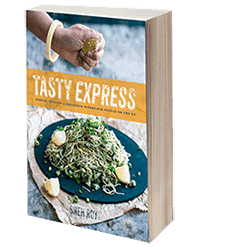
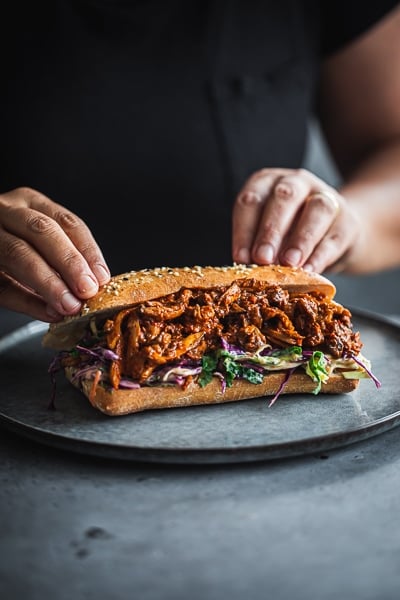
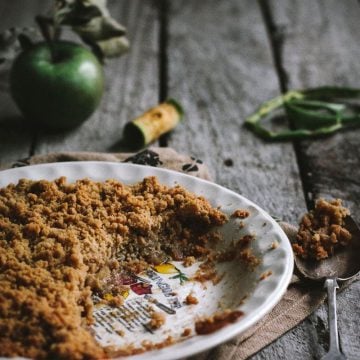
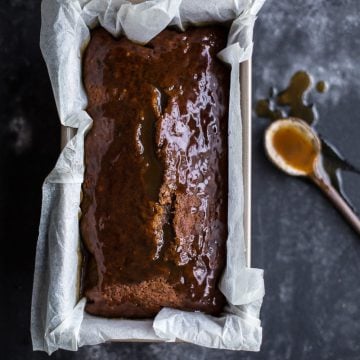
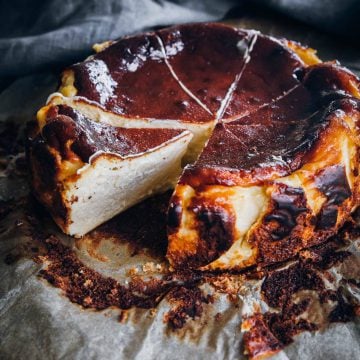
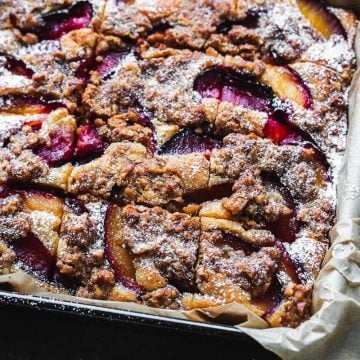
0 Comments